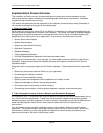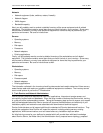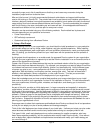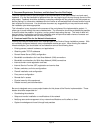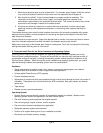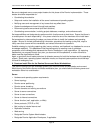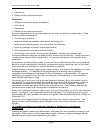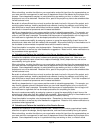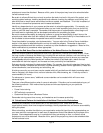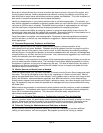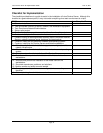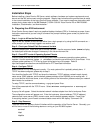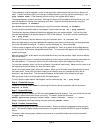
Ÿ Tape backup
Ÿ Disaster recovery and documentation
Workstation:
Ÿ Hardware and operating system requirements
Ÿ User training
Ÿ Tape backup
Ÿ Disaster recovery and documentation
Be sure to designate one or more project leaders for this phase of the Domino implementation. These
leaders should be responsible for:
Ÿ Coordinating the schedule
Ÿ Setup and monitor the installation of the servers and workstations
Ÿ Notifying users and management of any issues that may effect them
Ÿ Capturing knowledge and share it through best practices
Ÿ Documenting issues encountered and their solutions
Ÿ Coordinating communication, including project databases, meetings, and conference calls.
Set responsibilities and designate who performs which functions and at what times. Ensure that there is
a contact person for each role and responsibility -- this person should be one of the members of the
install team.
Set procedures by documenting the steps your team will take to install servers, clients, and applications.
Be sure to include troubleshooting information, procedures for backing up key files, ways to notify users
that a server will be unavailable, and contact information for questions.
Establish strategy by including capturing data, issues, solutions, and feedback in a database for use as a
knowledge repository. This database will be the starting point for creating a set of guidelines,
procedures, and knowledge that represents the Domino installation in your organization. By capturing
feedback as you progress through your plan, you team can shift its operations, or order of events to
better meet the organization’s needs.
Plan for training on how to train uses on the new Notes client interface. While the interface is easy to
use, especially for users accustomed to Web browsers, some training may be necessary to make sure
the end users understand how to make good use of the Notes client and its features. Training for
administrators and help desk personnel should be conducted as well. A well educated staff provides
excellent end user support and ensures proper maintenance of the servers.
Examine the hardware and software needs not only on the server equipment, but on the client equipment
as well. For example, if your organization has Microsoft Windows 3.1 on its workstations and you are
installing Notes R5, each workstation will have to be upgraded to Microsoft Windows 95, 98, or 2000, or
Windows NT 4.0.
A good plan should make provisions for disaster recovery for both servers and workstations. Tape
backups of data, multiple database replicas (database copies), and contact information should be
included.
10. Schedule and Perform the Installation, Upgrade, or Configuration of the Network
Infrastructure
Schedule the network infrastructure implementation phase after you have completed your testing in the
pilot project. Make sure you consider organizational needs, allow time to capture knowledge, identify
dependencies, and ensure accountability during this phase.
Lotus Domino Server R5 Implementation Guide June 18, 2001
Page 27




